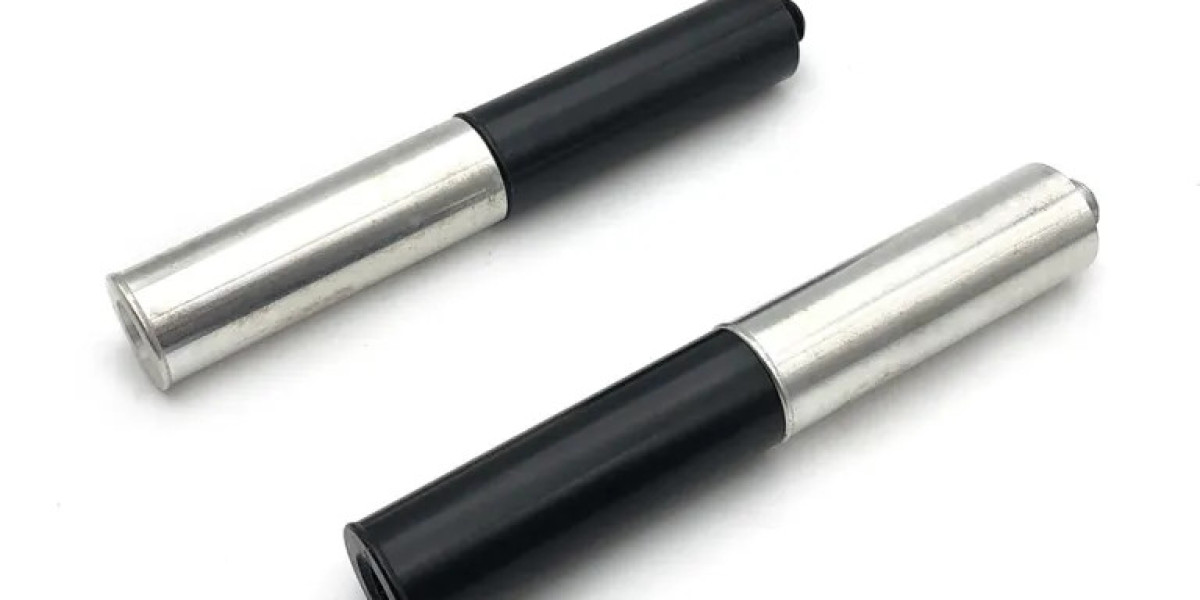Standoffs are a crucial component in electronic component mounting, providing a gap between components to prevent electrical shorts and mechanical damage. When it comes to choosing the right standoff for your application, there are several factors to consider, including the material and finish. In this article, we will explore the different types of standoff materials and finishes available, and provide a guide on how to choose the right one for your specific needs.
Metal Standoff Materials
Metal standoffs are a popular choice for many applications due to their high strength, durability, and resistance to corrosion. The most common metal standoff materials include aluminum, brass, copper, and stainless steel. Aluminum standoffs are lightweight and corrosion-resistant, making them ideal for aerospace and defense applications. Brass standoffs are known for their high strength and ductility, making them suitable for applications where high mechanical stress is expected. Copper standoffs are highly conductive and are often used in electrical applications where high current flow is required.
Plastic Standoff Materials
Plastic standoffs are another popular choice for many applications due to their low cost, lightweight, and corrosion-resistant properties. The most common plastic standoff materials include nylon, polycarbonate, and polypropylene. Nylon standoffs are known for their high strength and resistance to abrasion, making them suitable for applications where mechanical stress is expected. Polycarbonate standoffs are highly transparent and are often used in optical applications where clarity is required. Polypropylene standoffs are lightweight and corrosion-resistant, making them ideal for applications where weight is a concern.
Ceramic Standoff Materials
Ceramic standoffs are a specialized type of standoff material that is designed for high-temperature applications. Ceramic standoffs are made from materials such as alumina, zirconia, and silicon carbide, which are known for their high thermal resistance and electrical insulation properties. Ceramic standoffs are often used in applications such as automotive, aerospace, and industrial control systems where high temperatures are expected.
Standoff Finishes
In addition to the material, the finish of the standoff is also an important consideration. The finish of the standoff can affect its corrosion resistance, electrical conductivity, and overall performance. Common standoff finishes include anodizing, plating, and powder coating. Anodizing is a process that converts the surface of the standoff into a corrosion-resistant oxide layer, making it ideal for applications where corrosion is a concern. Plating involves depositing a thin layer of material onto the surface of the standoff, which can improve its electrical conductivity and corrosion resistance. Powder coating is a process that applies a thin layer of powder to the surface of the standoff, which can improve its corrosion resistance and aesthetic appearance.
Choosing the Right Standoff Material and Finish
When choosing the right standoff suppliers and finish for your application, there are several factors to consider. The first step is to determine the operating conditions of the application, including the temperature, humidity, and mechanical stress. The next step is to select a material that meets the required properties, such as strength, corrosion resistance, and electrical conductivity. Finally, the finish of the standoff should be selected based on the desired properties, such as corrosion resistance, electrical conductivity, and aesthetic appearance.
Conclusion: Choosing the Right Standoff Material and Finish
In conclusion, choosing the right standoff material and finish is a critical step in ensuring the reliable operation of electronic components. By understanding the different types of standoff materials and finishes available, engineers can select the right one for their specific application. Whether it's a metal, plastic, or ceramic standoff, the right material and finish can make all the difference in ensuring the long-term reliability and performance of the component.








